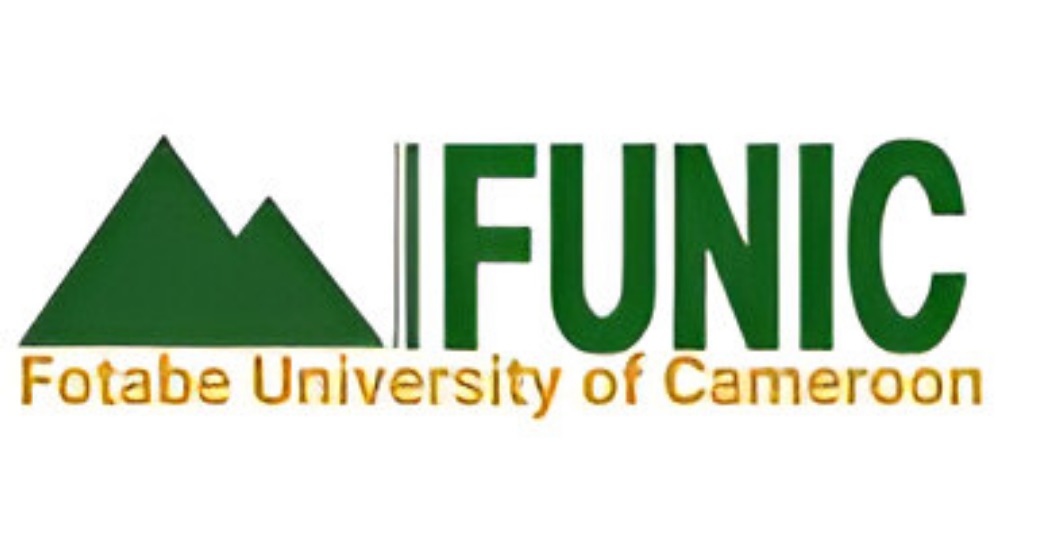Effect of Cashless Reform on Revenue Collection Performance in Kakamega County
Keywords:
Cashless System Reform, County Government Reforms, Revenue Collection Performance, Structured Revenue StreamAbstract
Revenue is considered a key element for any state since the resources mobilized and collected are used to finance government projects and provide services to citizens. After the creation of Kakamega County due to devolution, Kakamega initiated revenue reforms in 2019 to mobilize its own source of revenue. Despite the reforms, the county is still facing challenges and massive deficits in revenue collection, which hinder its operation. The study specifically examined the effect of cashless reform on revenue collection performance in Kakamega County. Secondary data between the two periods was used, and the study chose descriptive, correlational, and causal comparative as the study designs. The data in this research was analyzed using both descriptive and inferential statistics. Descriptive statistics measured include mean, standard deviation, minima, and maxima. The Pearson correlation coefficient was also calculated. Pre-estimation diagnostic tests carried out in the study included unit root and Philip Perron tests for stationarity. Results indicated that after reforms, cashless reform had a moderately positive relationship with revenue collection performance (0.450). From regression analysis, model estimates after reforms were (t = 2.81, p<0.05) for cashless system reform. Post-estimation diagnostic tests carried out include the Breusch-Godfrey LM test, whose findings showed that there is no autocorrelation; the Variance Inflation Factors (VIF), which indicated that there was no multicollinearity; the Breusch-Pagan test, whose results and findings showed the error terms were homoscedastic; and finally, the Jarque-Bera test, which showed that residuals are regularly conveyed. Recommendations from the study were that Kakamega County should come up with modern ways of revenue collection. Additionally, the county should come up with a simplified and cost-effective system to enhance revenue collection. The study further recommended severe sanctions on tax evaders. The discoveries from research will be utilized by policymakers to enhance revenue collection within Kakamega County by increasing the revenues collected. Also, the findings will help the Kakamega County Revenue Agency (KCRA) staff gain insights on policy reforms within the county and their causal effect on revenue collection performance.
Published
How to Cite
Issue
Section
Copyright (c) 2023 Aberton Okoth Mukhwaya, Consolata Ngala, Angela Mungai

This work is licensed under a Creative Commons Attribution-NonCommercial 4.0 International License.
Most read articles by the same author(s)
- Jamgun Jensen Iravonga, Consolata Ngala, Benedict Ondiek Alala, Muli Maingi, Effect of Integrated Financial Management Information Revenue Systems on Financial Management in County Governments, Kenya , African Journal of Empirical Research: Vol. 4 No. 2 (2023): Jul-Dec 2023
- Jamgun Jensen Iravonga, Prof. Benedict Ondiek Alala, Muli Maingi, Consolata Ngala, Effect of Integrated Financial Management Information Reporting System on Financial Management in County Governments, Kenya , African Journal of Empirical Research: Vol. 4 No. 2 (2023): Jul-Dec 2023
- Wilkister Lukela Barasa, Maniangi Musiega, Angela Mungai, Effect of Expansion Decisions on the Financial Performance of SACCOs in Bungoma County, Kenya , African Journal of Empirical Research: Vol. 4 No. 2 (2023): Jul-Dec 2023
- Collins Wekesa Wanjala, Consolata Ngala, Muli Maingi, Effect of Government Capital Expenditure on Tourism Sector Growth in Kenya , African Journal of Empirical Research: Vol. 4 No. 2 (2023): Jul-Dec 2023
- Makatiani Terence, Dr. Consolata Ngala, Dr. Angela Mungai, Impact of Tax Incentives on Foreign Direct Investment Inflow in Kenya , African Journal of Empirical Research: Vol. 5 No. 4 (2024): Oct-Dec 2024
- Roseline Auma Olumo, John Byaruhanga, Angela Mungai, Effect of External Debt on Performance of the Agricultural Sector in Kenya , African Journal of Empirical Research: Vol. 4 No. 2 (2023): Jul-Dec 2023
- Daisy Mukoya, Consolata Ngala, Jairus Simiyu, Moderating Effect of Entrepreneurship Determinants on the Relationship between Economic Diversification and Sustainable Livelihoods among Fish Farmers in Kakamega County , African Journal of Empirical Research: Vol. 5 No. 2 (2024): Apr-Jun 2024
- David Lumbasi, Consolata Ngala, Edwin Simiyu, Impact of Tax Revenue on Public Healthcare Financing in Kenya , African Journal of Empirical Research: Vol. 6 No. 2 (2025): Apr-Jun 2025
- Collins Muhando, Consolata Ngala, Peter Machuki, The Effect of Supply Chain Integration on the Performance of Procurement in the County Governments of Western Region, Kenya , African Journal of Empirical Research: Vol. 6 No. 1 (2025): Jan-Mar 2025
- Ombese S. Nyangeri, Charles T. Yugi, Ngala Consolata, The moderating effect of firm size on the relationship between current assets management and financial performance of licensed microfinance institutions in Kenya , African Journal of Empirical Research: Vol. 6 No. 2 (2025): Apr-Jun 2025





















